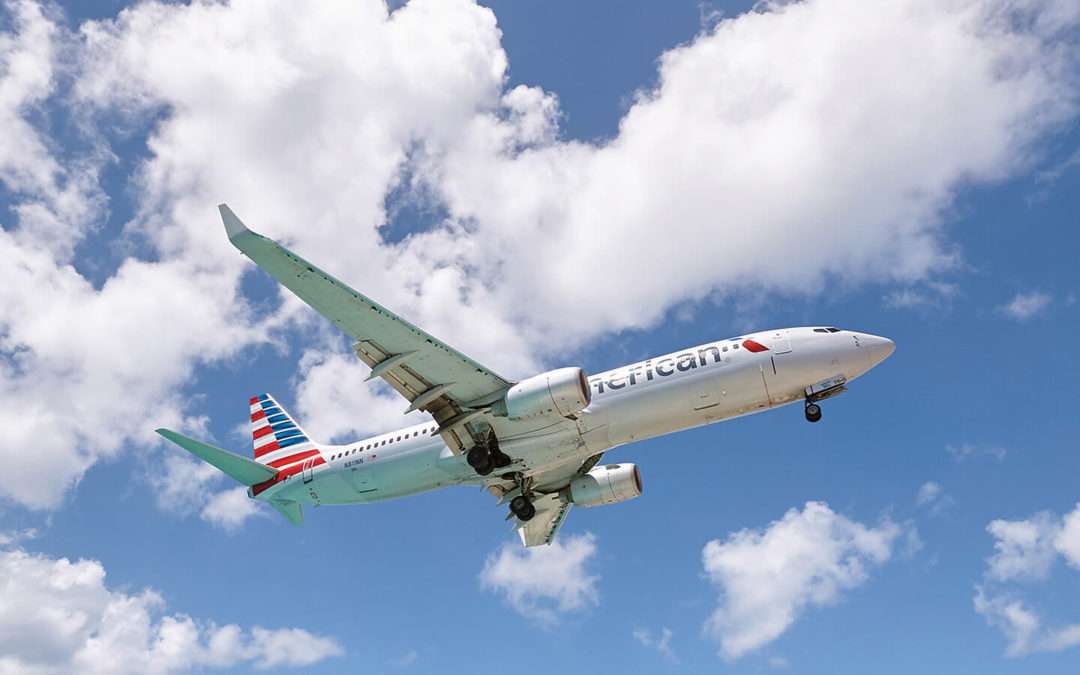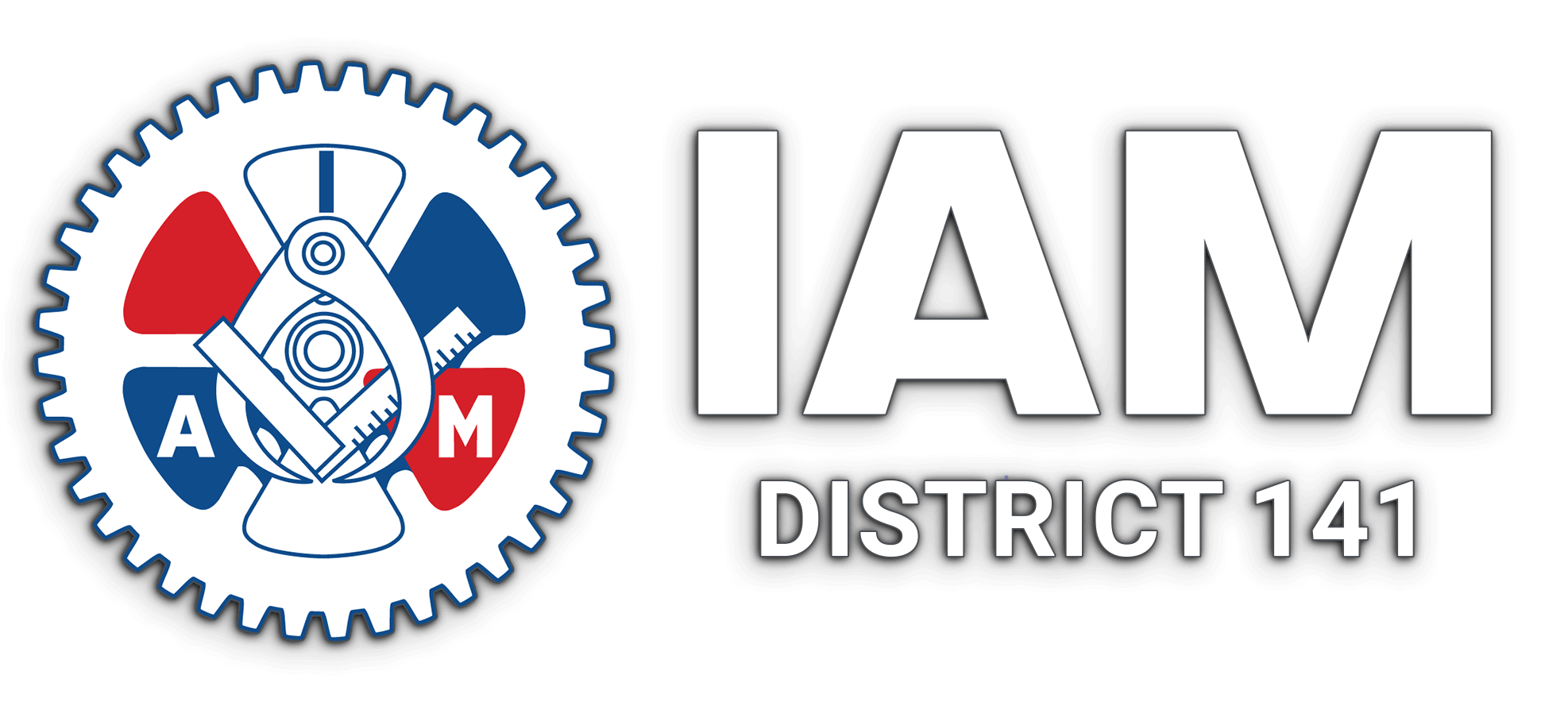
by Eric Price | Dec 12, 2023 | Community Service, Front Page, Recent News, Recent News, Row 2, Uncategorized
Celebration and Solidarity: Local 914 Launches Black Tie Charity Event Celebration and Solidarity: Local 914 Launches Black Tie Charity Event IAM141.org 12 December 2023 Machinists Union Local 914, representing over 4,000 members at Newark Liberty International...

by Eric Price | Nov 16, 2023 | American, Featured, Featured News, Front Page, Recent News, Recent News, Row 2
Unruly Woman Fined $40,000 Unruly Woman Fined $40,000 IAM141.org 16 November 2023 PHOENIX – Cayla Farris, a passenger on an American Airlines flight from Phoenix to Honolulu on February 13, 2022, has been ordered by United States District Judge Susan M. Brnovich...

by Eric Price | Oct 12, 2023 | Front Page, Recent News, Recent News, Row 2, Uncategorized
Strength Through Solidarity: Grievance Committee Members Convene in Philadelphia Strength Through Solidarity: Grievance Committee Members Convene in Philadelphia IAM141.org October 12, 2023 PHILADELPHIA – Hundreds of Grievance Committee Members from the...

by Eric Price | Oct 4, 2023 | Community Service, Front Page, Other News, Recent News, Row 2, Uncategorized
Domestic Abuse Awareness Day: Standing Together in Strength Domestic Abuse Awareness Day: Standing Together in Strength IAM141.org October 4, 2023 Chicago, October 4th, 2023 – Machinists Union Local Lodge 1487 hosted a poignant Domestic Abuse Awareness Day event...

by Eric Price | Sep 15, 2023 | Front Page, MNPL, Other News, Perusals, Recent News, Row 2
Millionaire Real Estate CEO thinks that workers need to be put in their place, using tactical unemployment. Millionaire CEO Calls Workers “Arrogant,” Calls for Higher Unemployment to Teach Them a Lesson IAM141.org September 15, 2023 Tim Gurner, the...

by Eric Price | Sep 8, 2023 | Featured News, Front Page, Other News, Recent News, Recent News, Row 2, United
United Airlines’ Denver Hiring Spree Draws Hundreds from Guam IAM141.org September 8, 2023 United Airlines officials announced today that 460 residents of Guam have relocated to Denver after accepting positions as ramp agents, following a 2-day job fair held on...







